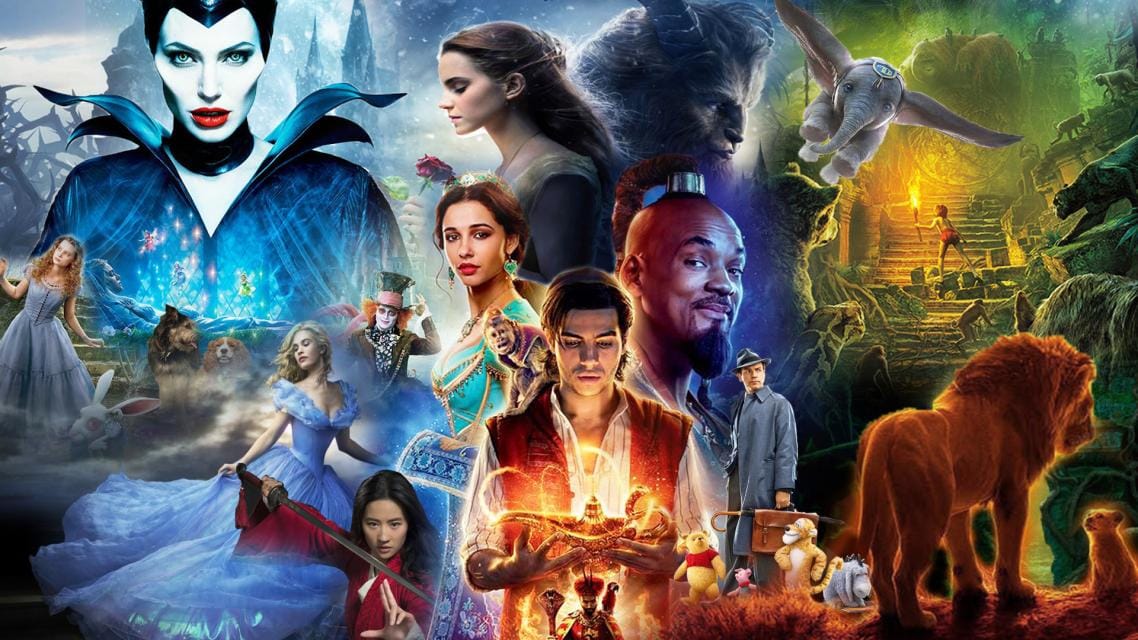Over the years, viewers have tuned in on seemingly arbitrary Sunday nights to watch what has been deemed the marker of achievement in various artistic disciplines: award shows. Ranging from the Grammys, which annually celebrate accomplishments in music, to the Oscars, in which movies are honored while some degree of controversy typically ensues, award shows have established themselves as institutions of cultural ranking. While these award shows have historically intended to stand as the sole indicator of success in a certain medium of art, developments of the twenty-first century and ever-diversifying audiences seem to make what award shows are offering obsolete.
Award shows date back to 1929, when the first Academy Awards show (a fancy way to say ‘Oscars’) was held in Los Angeles, California. At this time, media platforms were limited with a theater being the only place to see movies, meaning that a viewer’s interests could range the entirety of a theater’s catalog. This made a comparison of movies much simpler as films had less variety that could inhibit a fair ranking. However, as platforms in which art can be shared have since expanded in the digital age, the array of content available to consumers has become incomparable to one another. As a result, award shows can no longer serve as the chief authority in ranking quality when many different variations of a specific art form cannot be equated on a balanced scale.
Because of this gap in art forms within the same discipline, award shows also tend to select only certain types of content to honor. For example, the Grammys have long been criticized for their failure to recognize genres of music such as hip-hop and rhythm and blues (R&B). Despite being a cultural force for decades and overtaking rock as the United State’s most popular music genre as of 2017, hip-hop has only twice received major awards at the show with the 2003 Album of the Year win by hip-hop duo OutKast for “Speakerboxxx/The Love Below” and the 2019 Song of the Year win of Childish Gambino for his multi-entendred “This Is America”. Whether this lack of acknowledgement simply shows the out-of-tune state of the Grammys or general antiquated methods of recognizing art, it is indicative of the deterioration of award shows’ status as defining cultural forces.
The lack of acknowledgement for certain sectors of genres and art forms can be traced back to how the nominees for different categories in award shows are picked. For example, the Oscars employ a fairly complex system of nomination that has led to “higher-caliber” films made by the upper echelon of Hollywood to be distinguished over indie films, which are not associated with a major company.
For each category that Oscars recognize, members of the Academy (chosen through an approval process) who are affiliated with a specific category submit five nominee choices, in order of preference, and the choices that receive the most first-place nominations will be selected as nominees for that category. For example, actors who are members of the Academy can choose and rank five of their peers, like Mark Wahlberg placing Matt Damon as his number one choice, for consideration to be a nominee in the category.
Once nominees are determined, the Academy as a whole votes on who will win the Oscar for that category. The bias in this process comes from it essentially being a popularity contest amongst movie-making elite. An independent film with no ties to the major movie studios – who hold the most sway in nominations as they are the best represented in the Academy – cannot find success at the Oscars without the connections that this system deems necessary. Similar processes are performed in most other major award shows, resulting in oligarchy within the industry.
Another main issue that award shows face in their quest to remain relevant is found in what they stand for at their core: competition. Amongst the pomp surrounding the shows, they are really celebrating pitting art against each other. While the public’s inherent intrigue in competition has long provided award shows with a stable audience, an expansion of art forms increasingly disables comparisons from being made. Furthermore, art is not created to be compared. In athletics, a team is constructed with the sole intention of victory, but art is made as a means of expression with interpretation of a piece of art’s quality being completely relative and individualistic.
While still serving as a source of entertainment for some viewers, award shows are no longer significant to contemporary culture. This is because their purpose of establishing an artistic hierarchy is not only no longer achievable with ever-expanding variety within single categories, it is antithetical to art’s natural intentions that are greater than mere comparison. Going forward, award shows must trend towards being a celebration of the arts instead of a competition between them. A more expansive appreciation for various forms of art in a genre is also required if award shows hope to retain relevance for years to come.







































